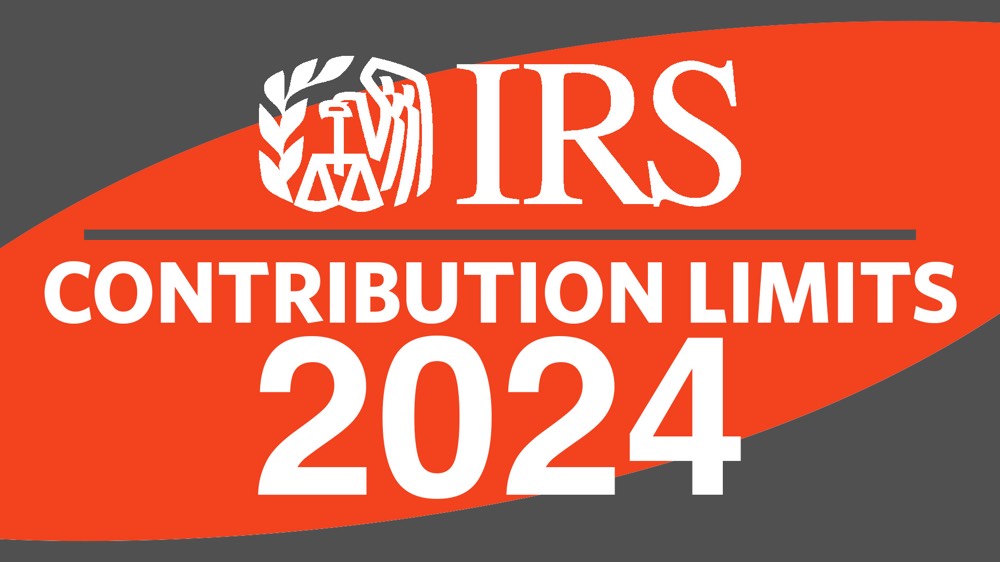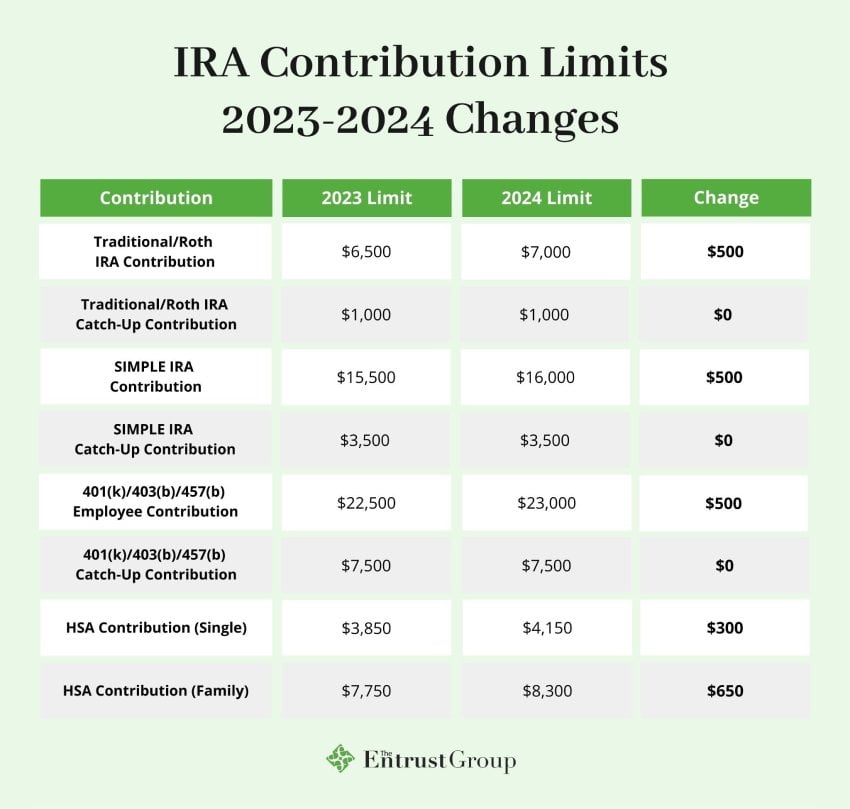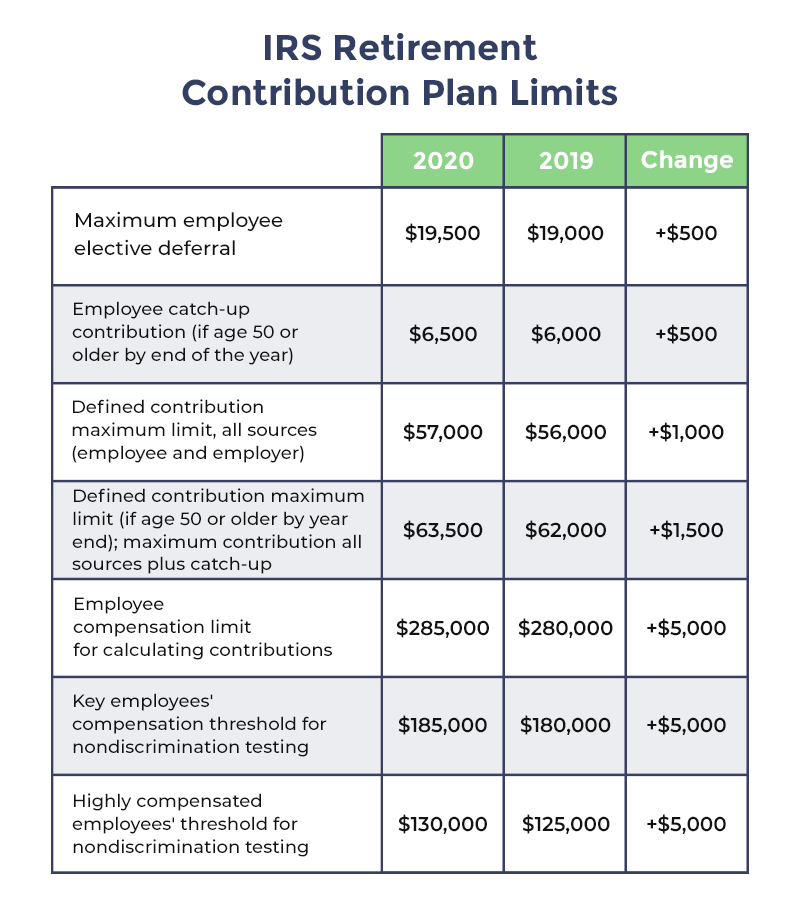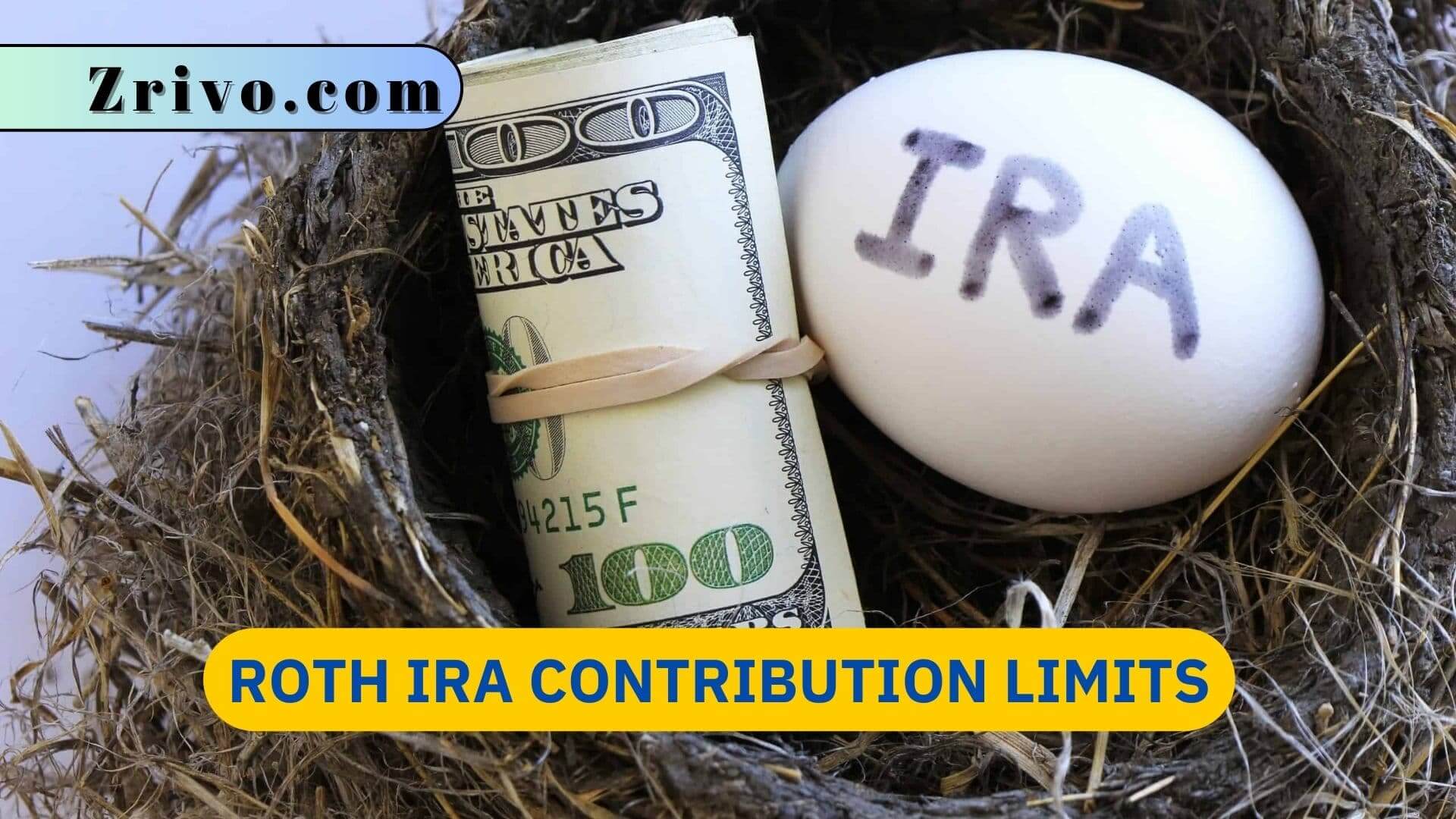Table of Contents
- MASSIVE 401k RULE CHANGE COMING | Mandatory 50+ Catch Up Contributions ...
- 2021 IRA, 401k, and Roth IRA contribution limits – Roth IRA eligibility ...
- 401(k) Contribution Limits 2021
- Catch-Up Contributions Into a Roth 401(k) Isn't a Bad Idea | Kiplinger
- 2025 401(k) and IRA Contribution Limits - Modern Wealth Management
- HSA Archives - Self-Direct your IRA
- It's Official: 401(k) Contribution Limits for 2025 Are Here
- Max 401k Employer Contribution 2025 - Lillian Wallace
- 2025 Roth Ira Contribution Limits 401k Roth - Roy M Becker
- Max Total 401k Contribution 2024 - Aurel Caresse



What are Mandatory 401(k) Roth Contributions?



Key Provisions of the SECURE Act 2.0



Benefits of Mandatory 401(k) Roth Contributions
The introduction of mandatory 401(k) Roth contributions offers several benefits for both employers and employees: Increased Retirement Savings: Automatic enrollment and Roth contributions will encourage employees to save more for retirement, reducing the likelihood of retirement savings shortfalls. Tax Benefits: Roth contributions provide tax-free growth and withdrawals in retirement, reducing taxable income and minimizing tax liabilities. Improved Employee Benefits: Employers who offer mandatory 401(k) Roth contributions will be more attractive to potential employees, enhancing their overall benefits package.